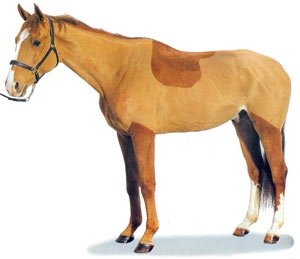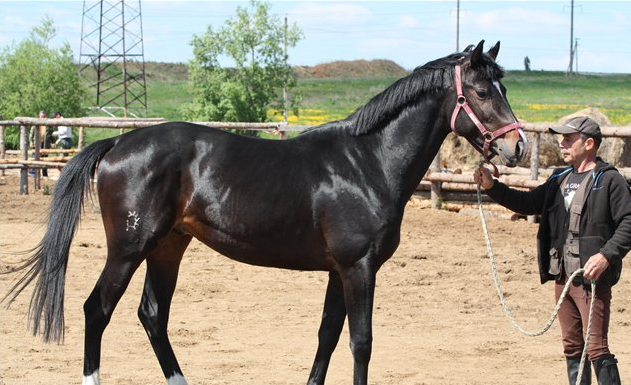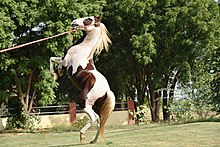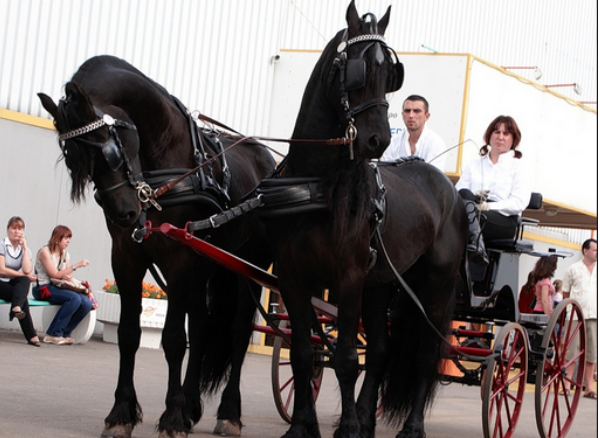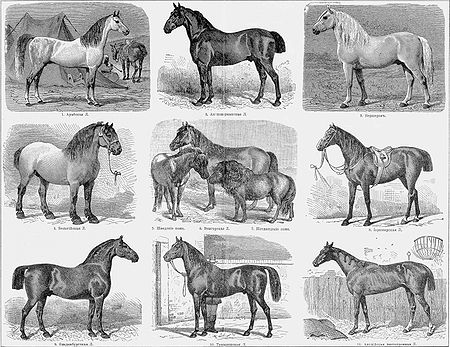ceremonial
HORSE BREEDS (part 1)
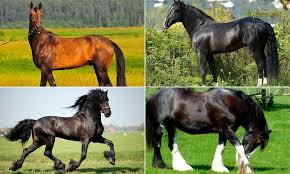 Each horse breed has some special qualities and characteristic colors. So, for example, horses of the Budyonnovsky breed are usually red and never black. If a foal is born of an unusual suit for a given breed, then an impurity of some other breed is manifested.
Each horse breed has some special qualities and characteristic colors. So, for example, horses of the Budyonnovsky breed are usually red and never black. If a foal is born of an unusual suit for a given breed, then an impurity of some other breed is manifested.
The geographic distribution of the rocks was initially determined mainly by habitat conditions. In countries with severe winters, horses usually grow thick winter coat, and for wintering they had enough limited food supplies. And horses from countries with warmer climates are adapted to high temperatures. Human intervention has partly changed this situation. Some breeds became extinct, new ones were bred. The man also made a significant contribution to interbreeding.
To breed different breeds, special conditions for keeping horses are created. This is how horse factories came about with stables protecting horses from the scorching heat or winter cold; arenas with special soil for training horses; with fenced areas for grazing and watering. Continue reading
Friesian breed – elegant Dutch horse (part 2)
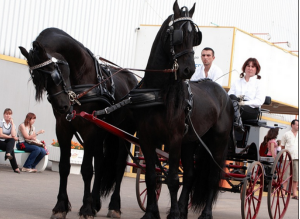 Breed history
Breed history
The Friesian horse was bred in the Netherlands, or rather, in Friesland. The first mention of them dates back to the time of the ancient Roman emperor Caesar, who described them as horses of the then Germanic tribes.
Friesian horses in harness Today, experts believe that the ancestors of the Frisians are local heavy horse breeds, which were brought by the Celtic conquerors. According to data that has come down to us from the time of the Roman historian Tacitus, the first representatives of the breed were characterized as universal, strong, but not very attractive horses. Continue reading
